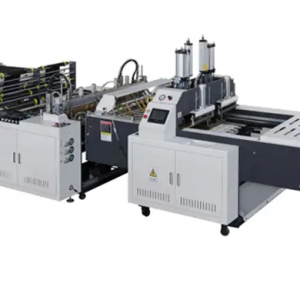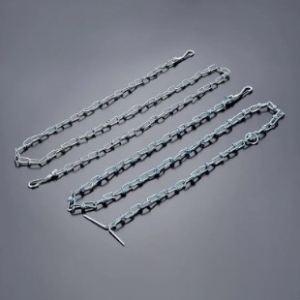Hydro sanitary heating valves are an essential part of modern plumbing and heating systems. They regulate the flow of water, manage temperature control, and ensure that both heating and sanitary systems operate efficiently. Found in residential, commercial, and industrial installations, these valves are designed to maintain balance, safety, and performance across a wide range of conditions. Understanding what components a hydro sanitary heating valve includes helps professionals and users appreciate how these systems function as a whole.
- The Valve Body – The Core of the System
At the center of every hydro sanitary heating valve is the valve body, which serves as the main housing for all other components. Usually made from brass, stainless steel, or bronze, the valve body provides durability and resistance against corrosion, ensuring long-term performance even in high-pressure or high-temperature environments. Its design can vary depending on the type of valve, such as ball, gate, check, or thermostatic mixing valves.
The valve body includes inlet and outlet ports for water to pass through, as well as internal pathways that guide the direction of flow. Precision in manufacturing is crucial, as even minor imperfections can lead to leakage or uneven pressure. Many valve bodies also feature threaded or compression-type connections, making them easier to integrate into plumbing or heating systems without requiring extensive welding or soldering.
- The Actuator and Control Mechanism
Another vital part of a hydro sanitary heating valve is the actuator or control mechanism, which determines how the valve opens and closes. Actuators can be manual, thermostatic, or motorized, depending on the system’s requirements.
Manual actuators are operated using handles or levers, allowing technicians to adjust water flow manually.
Thermostatic actuators automatically regulate the flow based on temperature sensors, maintaining consistent water temperatures across the heating circuit.
Motorized actuators, often found in advanced or automated systems, receive signals from control units or sensors to adjust valve positions electronically.
The actuator plays an important role in ensuring system responsiveness and energy efficiency. By regulating the amount of water flowing through the heating system, it helps maintain balanced temperature distribution and prevents overheating.

https://www.kyodavalve.com/product/brass-manifold/underfloor-heating-compact-brass-manifolds.html
The Brass Nickle-Plated Manifold is constructed from premium materials, ensuring robustness and corrosion resistance. The brass base provides structural integrity, while the nickel plating enhances its resistance to environmental factors, making it suitable for a wide range of operating conditions. The careful selection of materials reflects our dedication to longevity and reliability in every product we offer.











